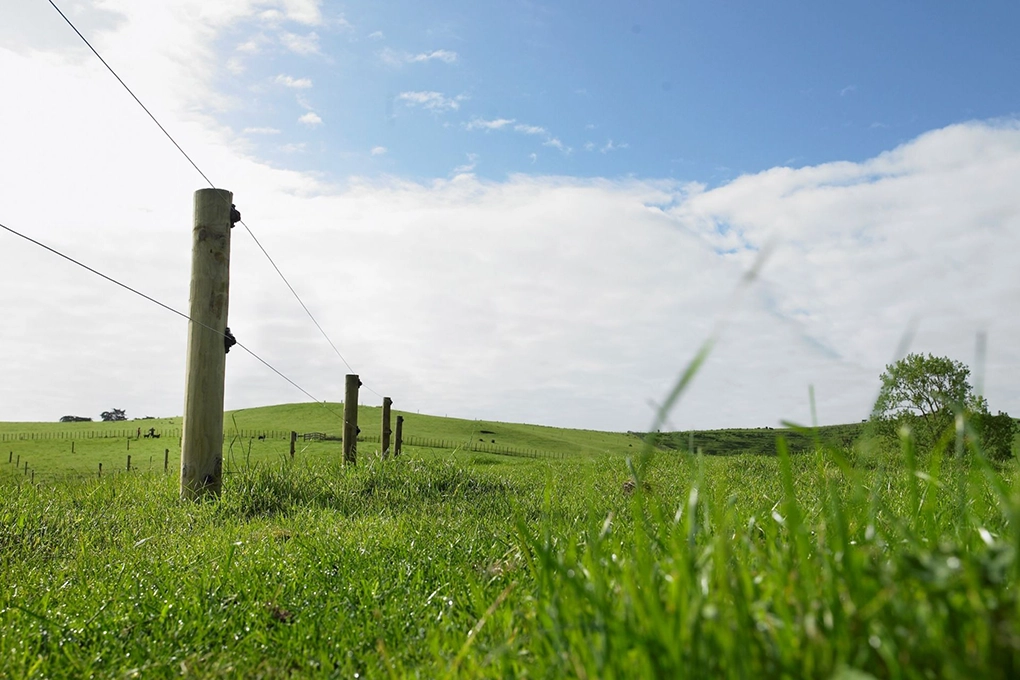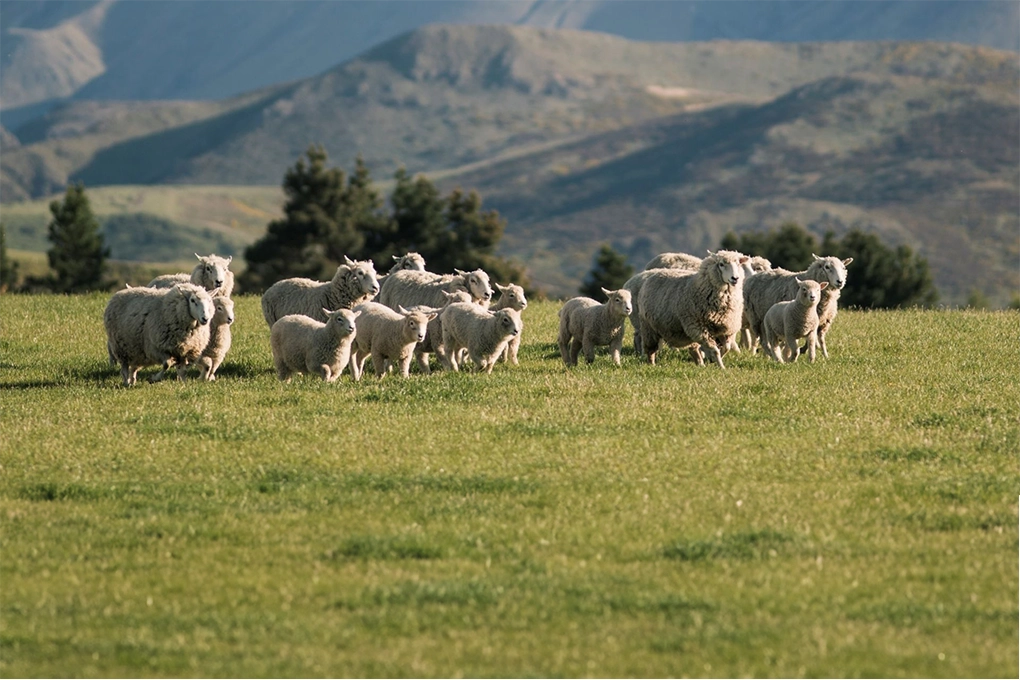

Cows out, sheep in
For many dairy farmers, this is the time to start winter grazing with sheep. This way, the nutrients from the last remnants of grass are also utilised. After all, it is a waste to feed sheep with valuable summer grass when they can get it themselves from the land. It is also better for the animals themselves to graze naturally and be outside as much as possible.
But perhaps more importantly, this way of grazing allows the pasture to go into winter optimally. Because the leftover grass is eaten, the chance of dying off of grass due to frost is much lower. Dead grass does not grow back as well. In addition, grazing and fine hoofs contribute to a firmer top layer and a closed grass cover. The pasture is thus ready to settle down properly in winter and is in optimal condition to start growing again in spring. Ultimately, this produces more and better grass in spring.
Optimal winter grazing
In principle, grazing with sheep can continue throughout the entire winter. However, it is important to take some things into account to minimise yield losses in spring. In all cases, when winter grazing on a dairy farmer's field, it is important to make clear agreements in advance. This will prevent different expectations regarding the moment to remove the sheep from the pasture
1. Keep a low livestock density. When grazing for a short period, say one month, do not allow more than 10 animals per hectare. When grazing the same plot for a longer period, reduce the density.
2. Do not graze for too long in early spring. You do not want the grass that grows back to be grazed off immediately.
3. Maintain a grass length of at least five centimetres when removing the sheep from the pasture.


Worry-free fencing
Winter grazing with sheep is very low-intensive. The sheep graze one large field for a long period of time, usually with only the borders having to be fenced off. Because there is plenty of grass and the plots are large, the need to break out is less than in summer. As a result, a mobile fence of just three wires is often sufficient. The last thing you want is to have to look after this fence a lot. Because the winter pasture is often located in a different place, there is less direct supervision. It is therefore very important to use robust and reliable fencing material. And perhaps even more important: to check the fencing regularly. This will prevent unsafe situations for the sheep and therefore worry and inconvenience for the sheep farmer. For winter pasture fencing, you need a reliable electric fence energizer. As a 230V supply is usually not available, you will need a mobile battery or solar energizer.
